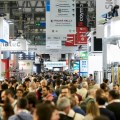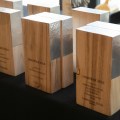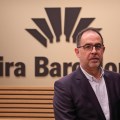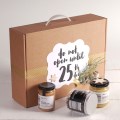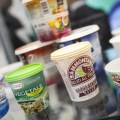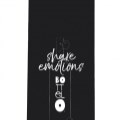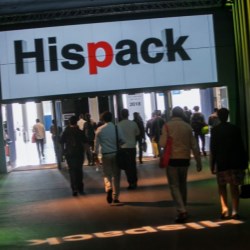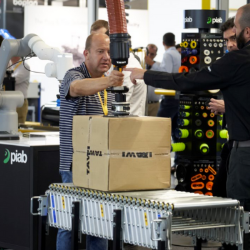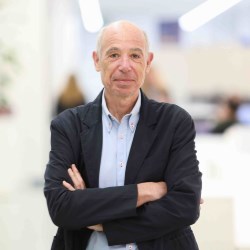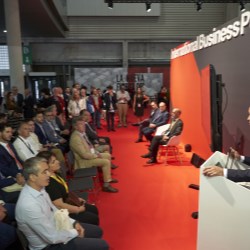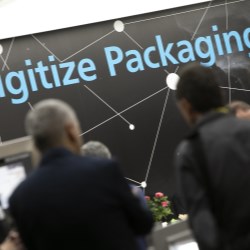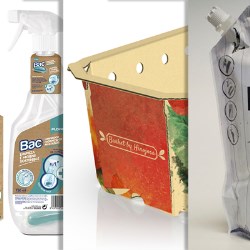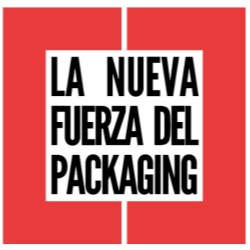If this is your company, CONTACT US to activate Packbase™ software to build your portal.
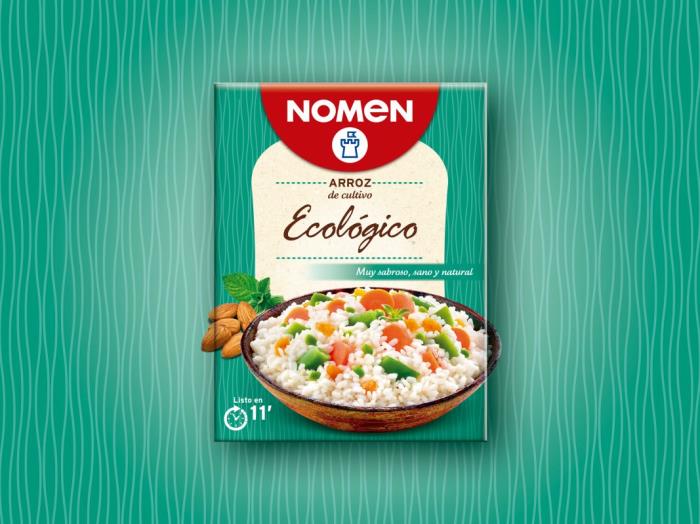

The market for ecological products is constantly expanding, and the manufacturers are starting to take the design of the packaging very much into account and seeking to make the content and the container 100% sustainable
The consumer's interest for ecological products is clearly increasing. The turnover of this sector increased 40% between 2015 and 2017. While Spain is far from the ecological consumption parameters of countries like Germany, France, the United Kingdom or Denmark, growth prospects for this segment are positive. "In other countries, there's a more eco-friendly culture, perhaps because there is also greater purchasing power. However, we have more and more space to enter the market with clear quality proposals that differ from the standard linear offer," says the manager of Navarest, Ramón Jauregui.
Navarest is actually on of the pioneering companies in Spain in launching ecological products. "In 2012, we considered the option of launching our ecological sugar. It wasn't the best time, because we were in the midst of the crisis and the market only cared about reducing costs, not added value, but it was a strategic move to offer our customers a sustainable alternative and a budding investment in a market that will end up maturing," he says.
Apart from the precocity of it, what makes Navarest's proposal special is the conceptualisation of a 100% ecological product, packaging included. The Ecosugar of the company from Pamplona uses compostable packaging, not only in the main material but also in the inks used. "We sell sugar for coffee and the market didn't offer any eco solutions, which is why we thought that for our star product we also needed a container that was the crown jewel."
The businessman recognises that the decision to go ecological has meant "more investment" due to the extra control demands involved in designing a product like this. "We've had to adapt places for storage and production control separate from the standard productions, as well as do a lot of research to find a technical material that had all the features we needed." Nevertheless, Jáuregui welcomes "being a step ahead of the competition to offer our customers ecological alternatives."
Integral process
The design of ecological packaging sets the same objectives as the products in this line of business. In other words, to generate the minimum impact in its production. "To achieve this, it's crucial to plan the whole process - from the manufacturing, to reduce energy consumption, to the transportation, to minimise emissions - and the use the packaging will have, as well as taking the ethical, social and economic nature of the product into account," explains the Creative Specialist in Branding and Packaging for bio, ecological and organic food, Carol García del Busto.
The most obvious element when designing ecological packaging is the material. "If we can solve the packaging challenge with just one material, that facilitates its subsequent treatment, and then we try to work with biodegradable materials, or at least ones that can be recycled," the expert points out. However, there are other decisive elements when creating 100% ecological packaging. "We also have to be careful with which inks we use, as there are pantones that are less polluting, as well as, for example, limiting the use of metallic or phosphorescent tones which will contain heavy metals," she says.
Transparency and communication
García del Busto has worked on the design of the eco lines of brands such as Llet Nostra, El Buen Pastor and Arroz Nomen. This latest project, carried out by the consultancy Branward, summarises the main points for what ecological packaging should be like, regarding both design and communication. "With brands like Nomen, who have non-ecological lines, you have to go for distinctiveness. In this case, we've gone for a very simple design, almost artisan in style, but without it seeming like it isn't high quality enough," she says. To begin with, we designed a cardboard box with the vacuum packed rice inside. Finally, the product went on the market with the plastic container that you could see the rice in.
"In food it's quite common to show the product. We associate transparency with reliability. That aside, we look for communicative language that supports this idea through graphic resources and lots of icons that the consumer already identifies with the ecological sector, as well as the seals you have to put by law," states García del Busto.
A wide variety of options
Within ecological packaging design, we can find a wide range of options. From innovations based on the chosen materials to reusable containers and others with active functions to lengthen the product's shelf life. According to García del Busto's, though, the upcoming trend is to use compostable bioplastics. "This type of materials are being experimented with a lot, because until now the consumer has been reticent because it didn't value these issues, but now there is great demand."
The expert considers that food is the sector that's setting the trends the most. "It makes you create packaging that prioritises health and preservation conditions." This is why, in her opinion, ecological packaging is taking many steps forward "and the odd one backwards due to safety reasons."


